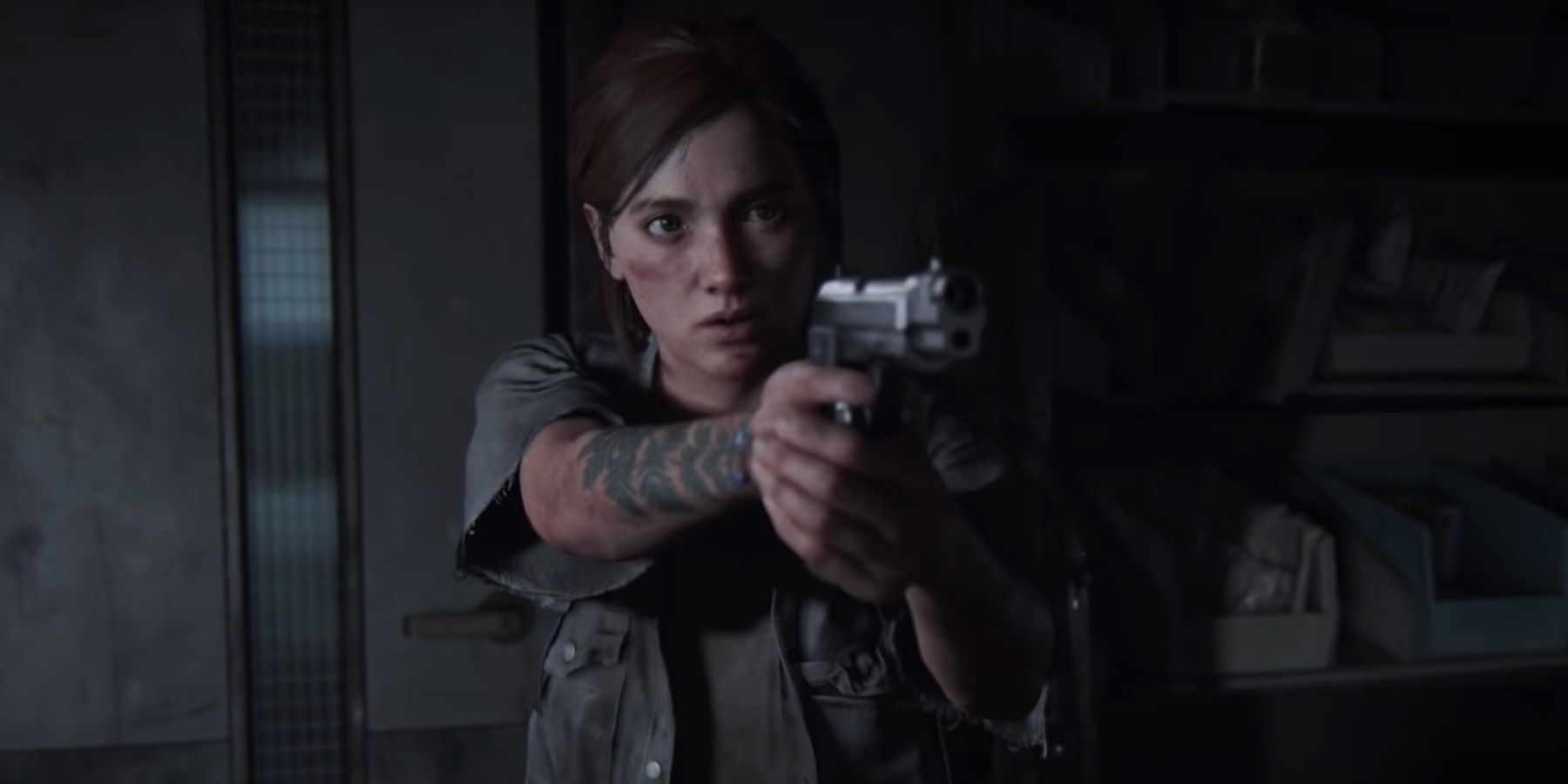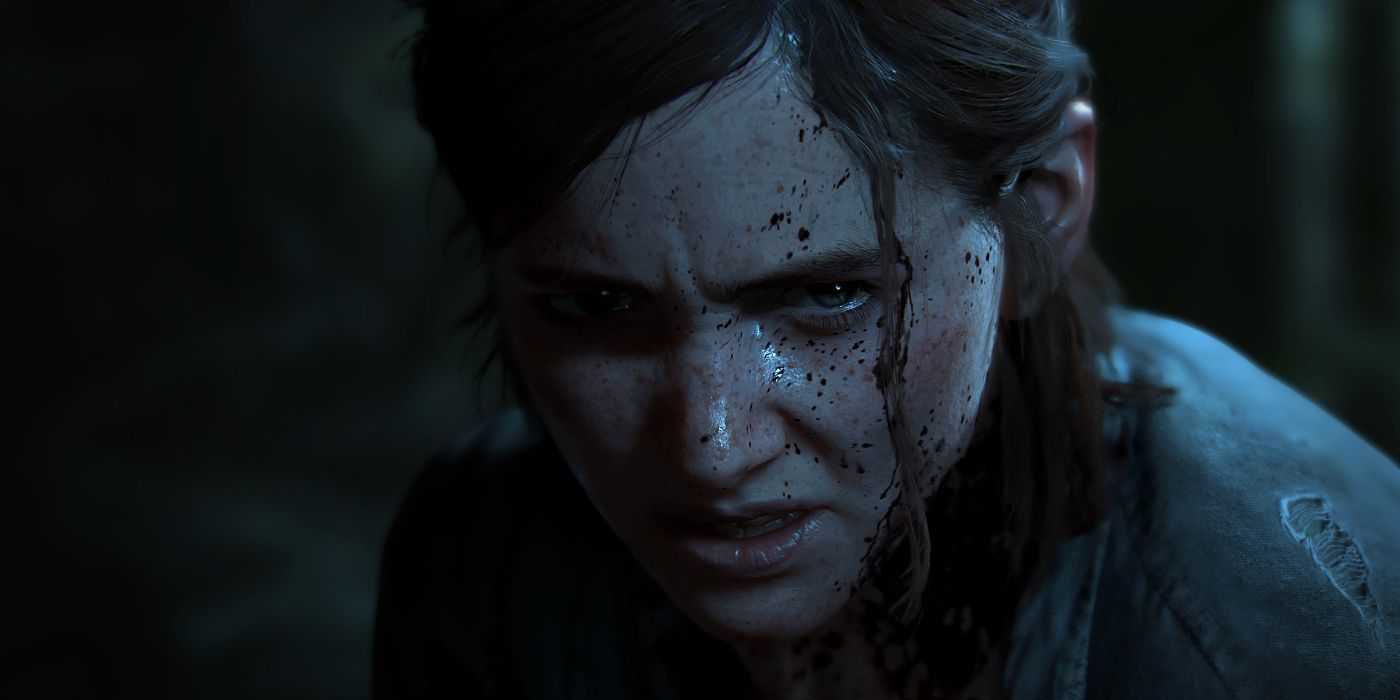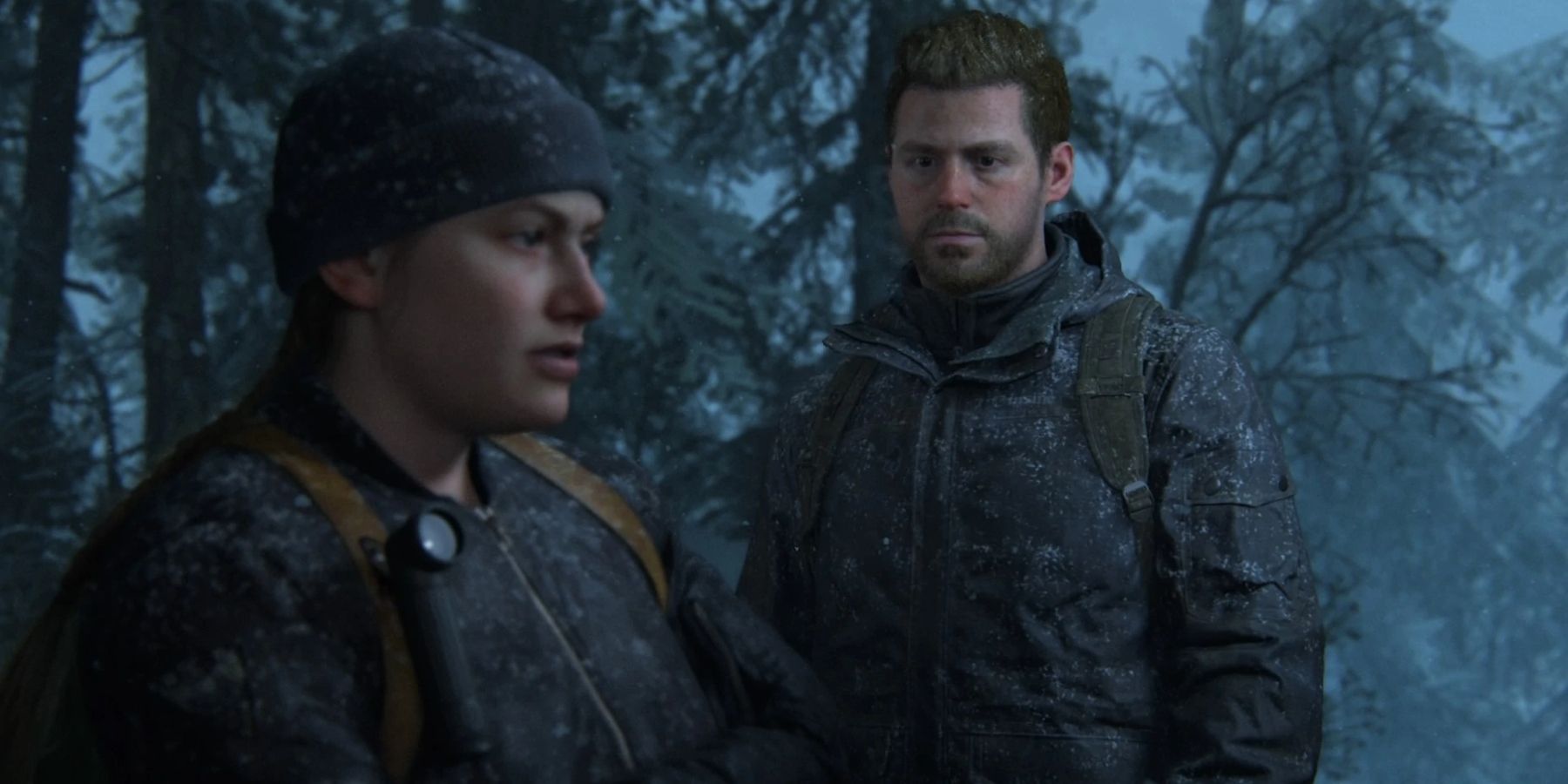
The Last of Us Part 2: Unveiling the Controversial Brilliance

The Last of Us Part 2's brutality immerses players in a harrowing journey, intensifying the story's themes Yet, its execution becomes a double-edged sword, leaving many conflicted about its impact
The Last of Us Part 2 was a controversial release, sparked by leaks that revealed Joel's fate as the central point of its revenge-driven story. While the game's storyline continues to divide players, there is a unanimous agreement that the title heavily emphasizes violence, incorporating it into both gameplay and cinematic sequences. The intention behind this was to highlight the recurring cycle of violence within The Last of Us' world, but some argue that this focus created a conflicting experience between the player and Ellie's choices.
The Last of Us Part 2 revolves around Ellie's journey for vengeance against Joel's murderer, Abby, with the narrative shifting between the perspectives of these two characters as their paths intertwine. The game's story aims to showcase the consequences of Joel's actions from the first game, making the impact of his killings more tangible through the loss of Abby's father, who was one of the doctors seeking to operate on Ellie for the sake of finding a cure. The final moments of The Last of Us reveal an unfairness in the actions taken by both sides within the Firefly base.
The Last of Us Part 2's Brutality is a Vicious Cycle
The brutality in The Last of Us Part 2 commences with the brutal killing of Joel and continues with a series of violent acts. Just like Abby sought revenge for her father, Ellie seeks vengeance against Joel's murderer. Ellie embarks on a challenging quest to locate and eliminate Abby, which leads to the murder of Abby's friends in an attempt to gather information about her whereabouts.
The game's narrative aims to make Ellie's actions feel like an extension of the player's experience, as she is one of the playable characters in The Last of Us Part 2. This connection is intensified through the inclusion of named non-player characters, whose reactions to the death of their comrades are evident during combat encounters in the game.
The inclusion of this feature aimed to prompt players to reflect on the impact of their violent actions. However, it may have unintentionally emphasized the disconnect between Ellie's significant killings and the limited agency granted to the player. The killings of Abby's friends occur solely in cinematic cutscenes, leaving the player with no choice but to follow button prompts to proceed.
This approach extends not only to the murder of characters like Mel and Owen, but also to animals. As Ellie, players are compelled to kill Abby's German shepherd companion, Alice, through a similar cinematic with quick-time events. While it can be argued that these moments directly reflect the game's core combat loop, they can also be seen as contradicting that very loop.
The effectiveness of features like named NPCs in evoking guilt or remorse from players, leading to attempts to play stealthily and avoid enemy encounters, could potentially be undermined by the forced killings depicted in the cinematics. This dual nature of The Last of Us Part 2's brutality serves to convey the theme of 'violence begets violence' in its narrative, but also compels players to act in ways they may not necessarily desire, thus lessening the intended sense of remorse.
Moreover, the extreme violence portrayed in the game could result in some players becoming desensitized to its depiction. Many have expressed disagreement with Ellie's decision to spare Abby, arguing that it is just one more life among the countless murders she has committed. Whether or not the story was effective is ultimately a matter of personal preference within the fanbase. However, it will be intriguing to observe how The Last of Us' HBO adaptation approaches the same narrative.
The Last of Us Part 2 is available now for PS4.










